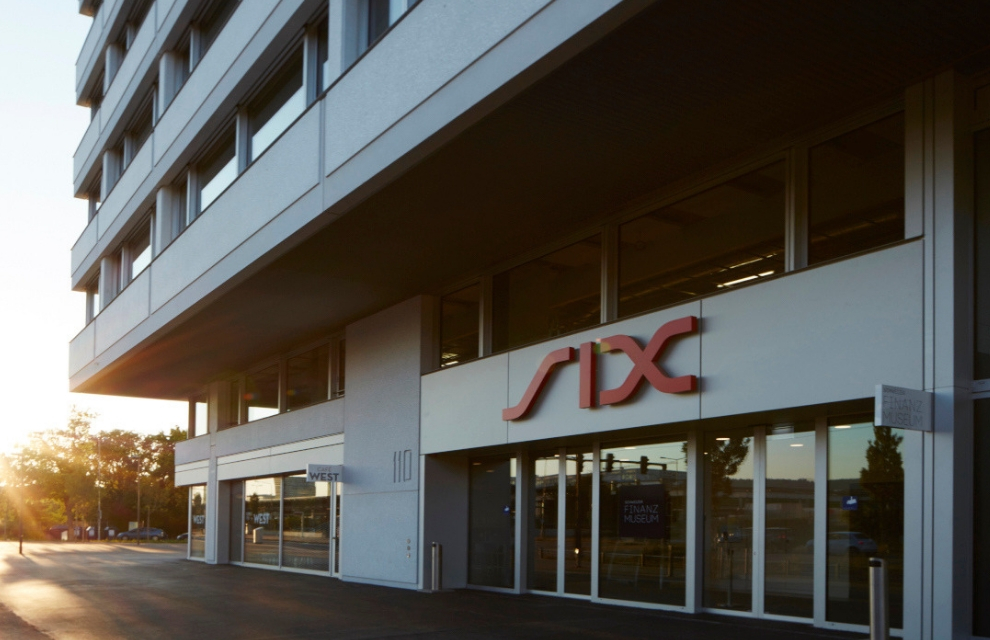The traditional CCP clearinghouse operating model is facing a number of immediate and longer-term challenges, which are being collectively driven by major changes in geopolitics, growing regulatory intervention and technological innovation, according to Roger Storm of SIX
The next 12 months
With less than one month to go before the UK officially leaves the EU, Storm said Brexit was the most glaring obstacle facing CCPs currently. While the European Securities and Markets Authority (ESMA) and the Bank of England (BoE) have both approved memoranda of understanding (MOU) covering CCP recognition in the event of a no-deal Brexit, which should help mitigate instability to an extent, Storm warned there was still a serious risk of market volatility during this period, adding it was critical that derivatives users be vigilant.
While UK CCPs have a temporary reprieve, revisions to the European Market Infrastructure Regulation (EMIR) could have adverse consequences. The amendments introduce a classification system for third-country CCPs, dividing them into two camps, namely CCPs which are not seen as systemically risky to EU financial stability (Tier 1) versus those deemed to be systemically important (Tier 2). Storm said the new provisions gave EU regulators the power to demand that Tier 2, third-country CCPs relocate into the EU, the overall outcome of which could result in fragmentation and increased margin costs for financial market participants.
However, Storm said regulations such as EMIR and the Markets in Financial Instruments Directive II (MiFID II) have played a significant role in facilitating interoperability across EU CCPs, a development which he believes provides a useful boost to competition in post-trade. While Storm accepted that interoperability had been successfully onboarded in select equity markets, he conceded there had been less progress made by the derivatives industry.
The medium term
The ongoing regulatory scrutiny of CCPs is not decelerating either. The Financial Stability Board (FSB) is currently reviewing the recovery and resolution plans at CCPs by consulting with users about the treatment of equity in a CCP resolution. Storm added various regulatory agencies are also investigating the processes by which CCPs auction off and close out their open positions in a default situation. Given their systemic importance in derivatives markets, risk management at CCPs is being watched meticulously by regulators.
It is not solely regulators who are attempting to shore up risk management standards at CCPs. The Futures and Industry Association (FIA) issued guidance following the default of a small clearing member at NASDAQ, whereby it recommended CCPs carry out more robust checks on risk models and the activities of self-clearing members. While SIX x-clear does not have small self-clearing entities as members and is not a participant in the commodities clearing market (where many historic CCP problems have occurred), it agrees with the FIA’s position.
CCPs over the horizon
As long as there is a time difference between trading and final settlement in any securities transaction, there will be a role for CCPs. However, technological innovation is likely to have a longer-term impact on securities markets, most notably facilitating the emergence of 24/7, real-time trading. For instance, the real-time possibilities offered by blockchain could remove the need to have a CCP sitting in between counterparties trading certain asset classes, thereby freeing up collateral, reducing margining obligations and improving liquidity.
Nonetheless, this does pose challenges. Storm conceded a shortened trade settlement cycle (T-instant) could eliminate the requirement to post collateral or at least streamline collateral management processes, but transactions would need to be pre-funded instead, potentially shifting the burden to market users and increasing their counterparty risk.
Conclusion
The coming months and years are going to see major changes at CCPs. Some of these transformations will be positive for the market—namely improved risk management, whereas others such as EMIR location policy and Brexit uncertainty could have a number of unintended and unfortunate consequences for derivatives users. Equally, technology is going to evolve too, making it critical for providers to stay ahead of the curve. While the future appears bright for CCPs, a number of risks remain that cannot go unchecked.
(Roger Storm, director and deputy head of CCP Clearing at SIX, speaking at the Post-Trade 360 Conference in Stockholm on 6 March, an event sponsored by SIX)



